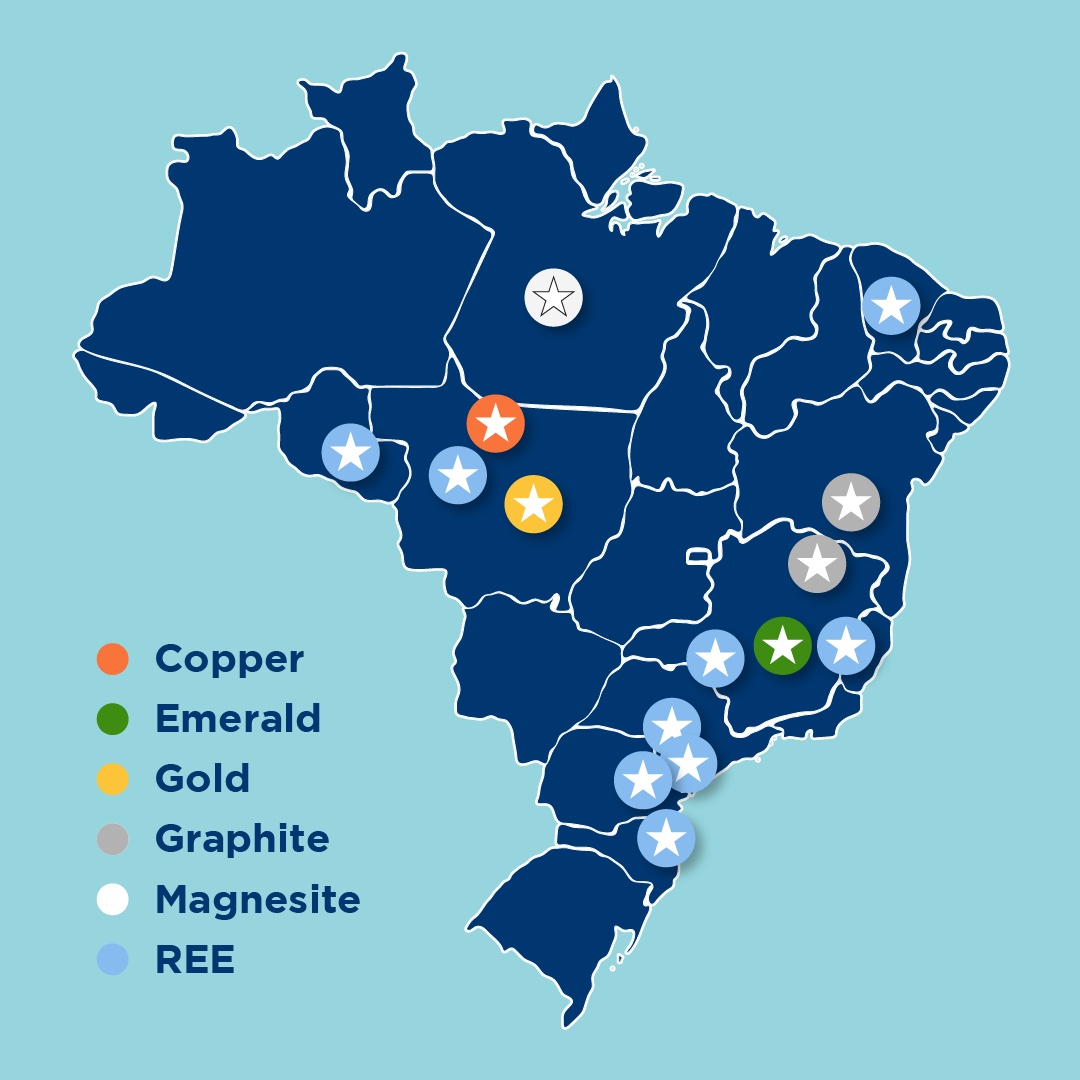Gold
The project is located in the Alta Floresta Gold Province, in northern Mato Grosso, a region with approximately 40 years of productive history. The initiative was developed by a multidisciplinary team and is based on geophysical, geochemical, and geological studies.
The work focuses on both high-grade epithermal veins and disseminated gold mineralization in intensely hydrothermally altered granites. For the initial deposit assessment, multiple fieldwork stages were conducted, including detailed geological mapping, magnetometry surveys, induced polarization (IP) surveys, and extensive soil and rock sampling programs.
The excavation of trenches and the execution of diamond drilling allowed for the confirmation of significant mineralized intervals, which were subjected to initial metallurgical testing to define processing routes for both oxidized and sulfide ores.
The encouraging results suggest a favorable context for future drilling campaigns and refinement of 3D modeling to better delineate resources. Additionally, the region has reasonable infrastructure, good water availability, and energy supply, providing favorable conditions for a potential responsible and sustainable mining operation.
Key Advantages:
- Privileged location with good access conditions.
- Gold production history, with recent diamond drilling campaigns.
- Gold mineralization in sulfide-bearing quartz veins and disseminated zones in hydrothermally altered granites.
- Geophysical and geochemical surveys indicate new potential targets with good continuity at depth.
- Initial gravity concentration and flotation tests suggest technically viable gold recovery.
- Regional infrastructure, energy, and logistics are adequate for project development.
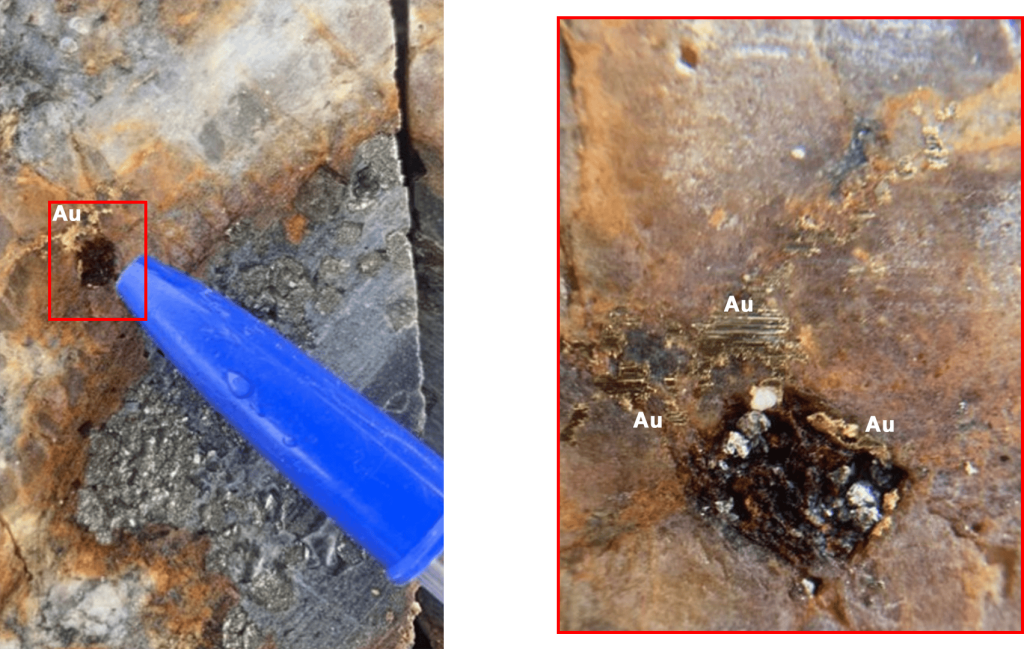
Copper
The project is located in a volcanic arc environment within a region that hosts several publicly announced porphyry-type gold and copper deposits. From the outset, exploration has been conducted using a systematic approach, integrating geological, geophysical, and geochemical data with the application of innovative technologies to identify prospective targets.
In parallel, geochemical sampling campaigns of soil, stream sediments, and rocks have been carried out, revealing geochemical signatures consistent with mineralized systems. The results obtained so far reinforce the potential of the identified targets, guiding the next phases of the project and expanding the prospects for new mineral discoveries in the region.
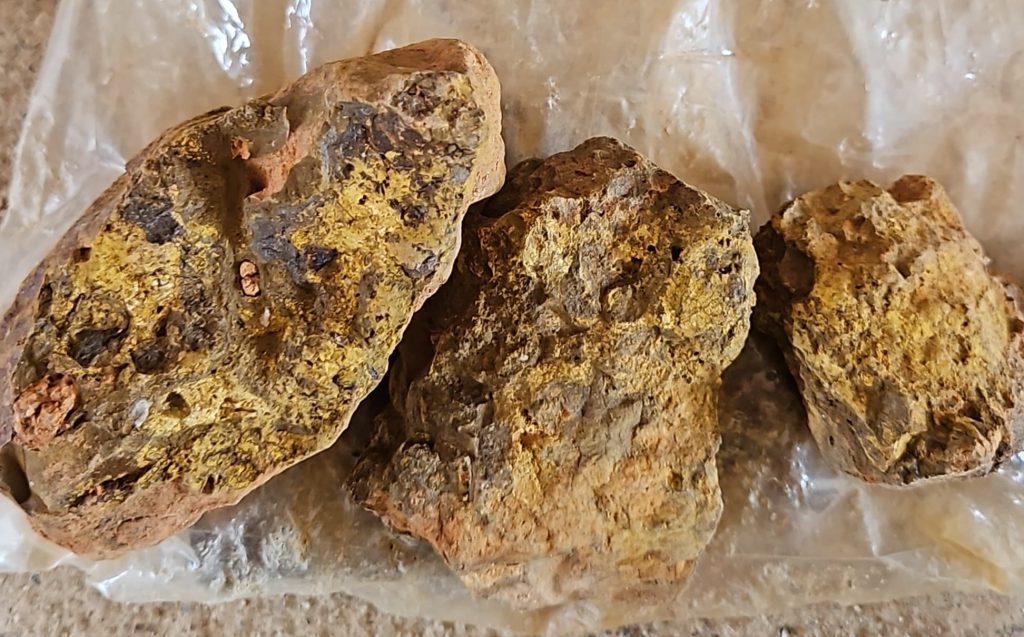
Rare Earth Elements (REEs)
The Rare Earth Elements (REE) projects were developed through the integration of geological, geophysical, and geochemical data, applied to innovative mineral targeting methodologies. This approach enabled the identification of high-potential targets enriched in Neodymium (Nd) and Praseodymium (Pr)—with concentrations exceeding 300 ppm of Nd/Pr, representing up to 26% of the total REE content—associated with occurrences that have undergone ion-adsorption clay enrichment processes. This is one of the key mechanisms responsible for concentrating REEs into easily extractable and processable deposits.
Currently, studies are focused on two main projects, covering five targets under development, each with specific geological characteristics but sharing the same mineralization model. Detailed geological reconnaissance has been conducted in the target areas, alongside sampling campaigns for geochemical analysis.
Geochemical results have indicated 1,200 ppm to 1,500 ppm of total rare earth oxides (TREO), confirming the potential of these occurrences and providing the technical basis for further investigation and the evaluation of the economic feasibility of the deposits.
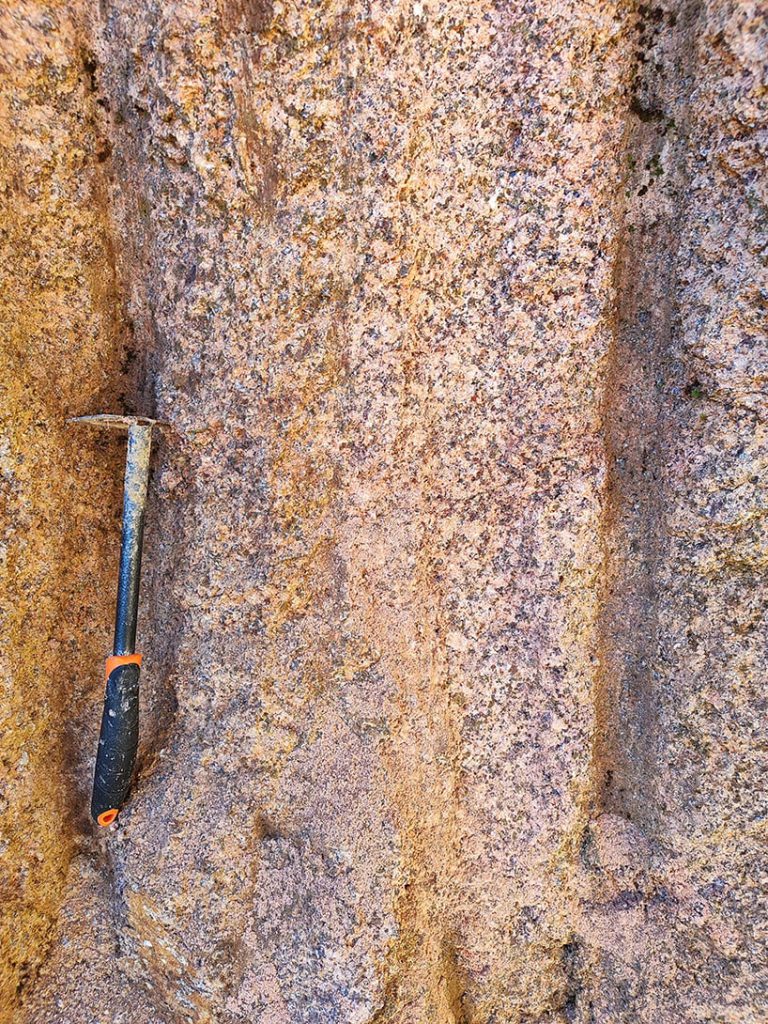
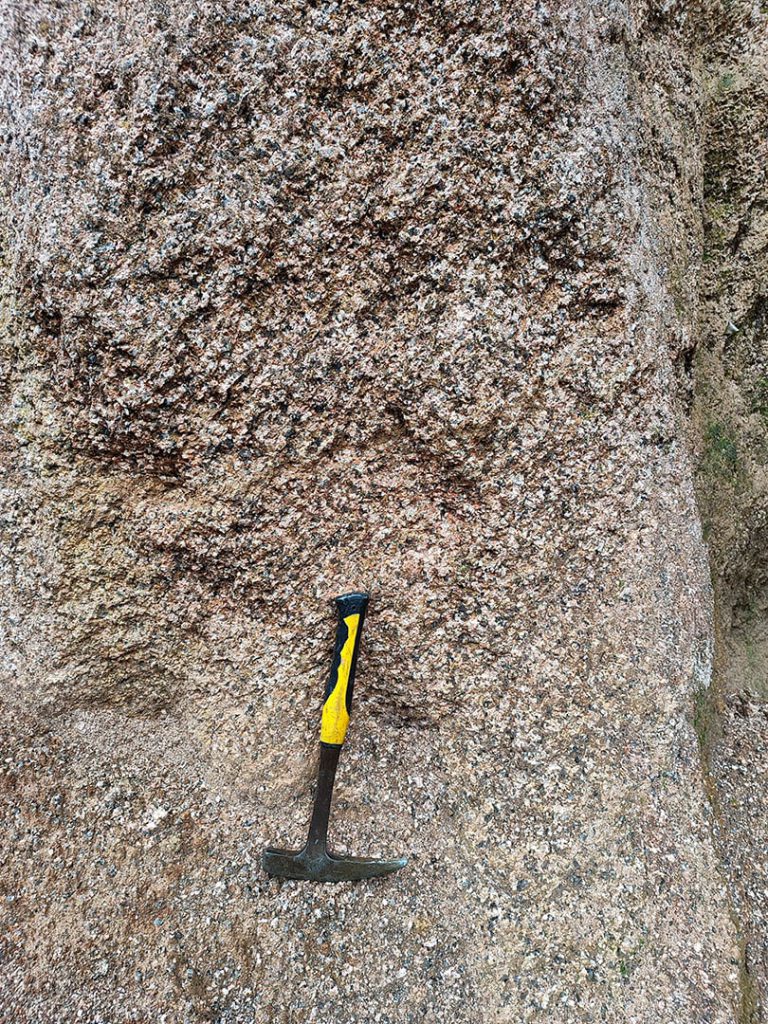
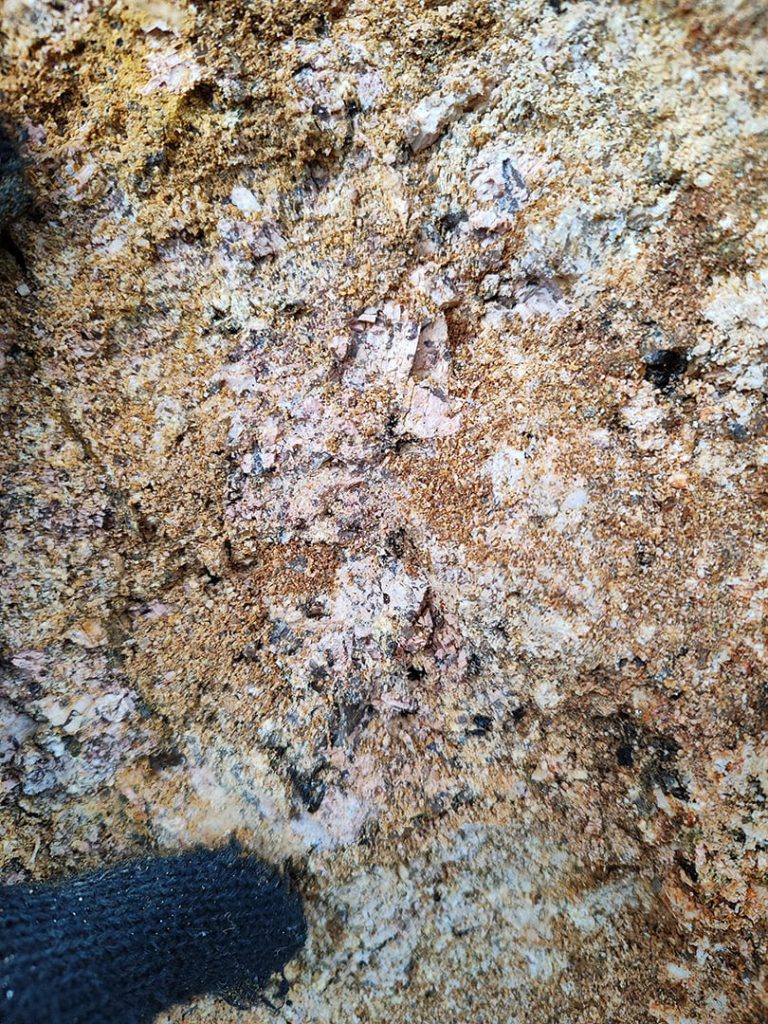
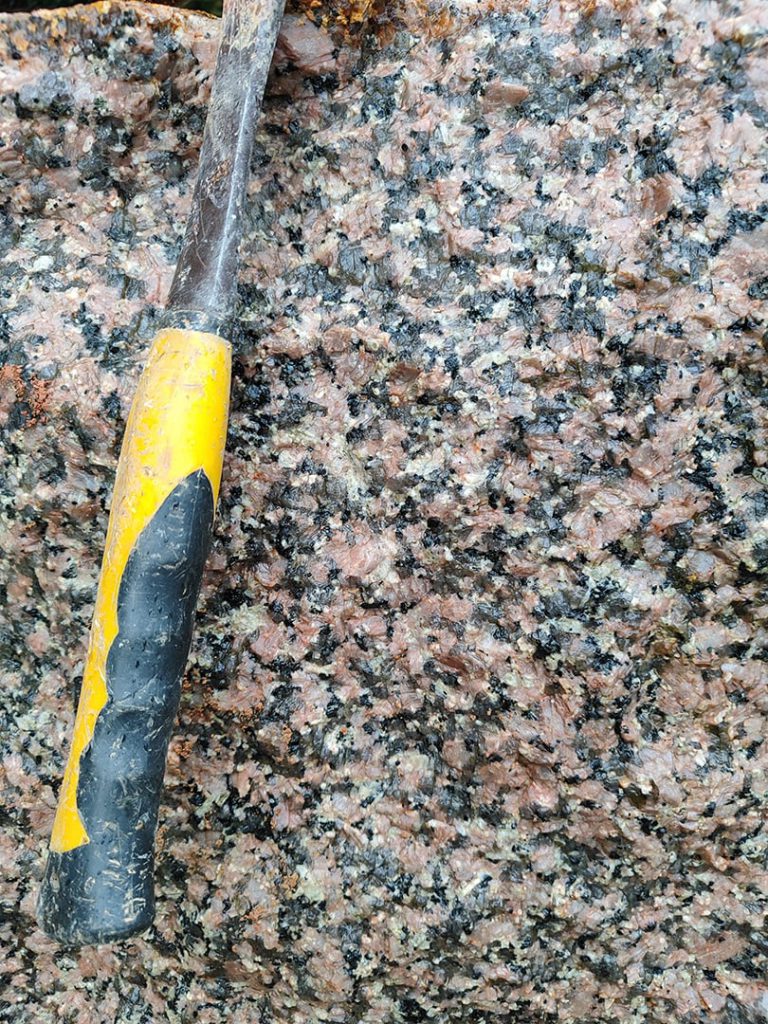

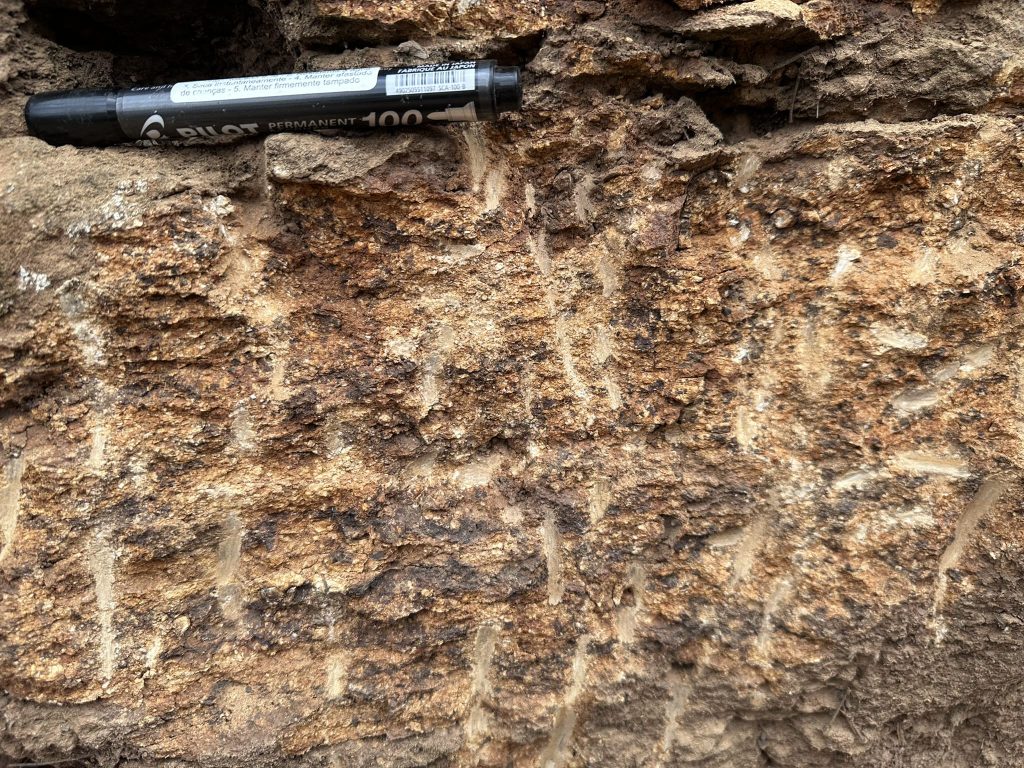
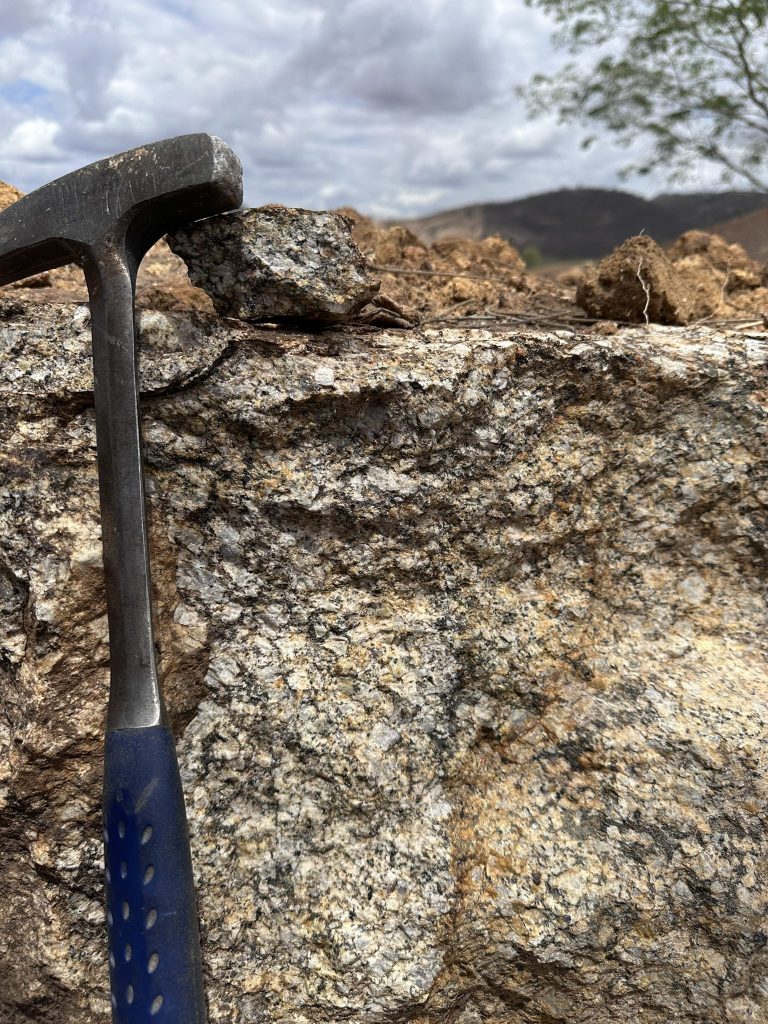
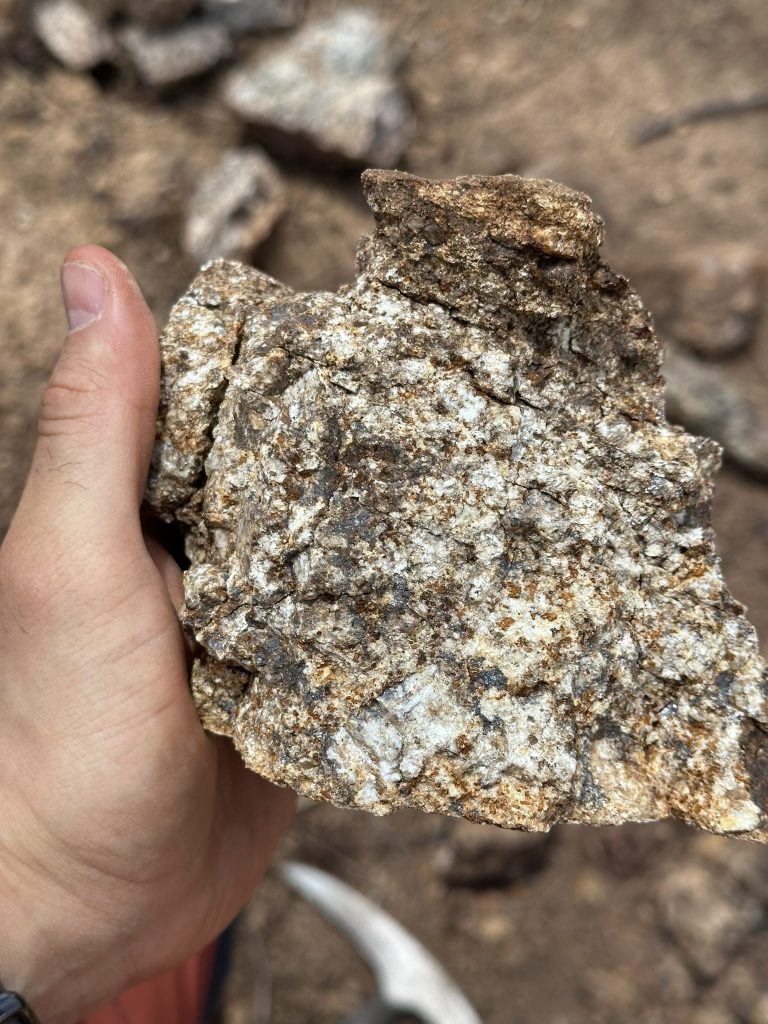
Graphite
Located in a newly developing mineral province, the project presents promising potential, with more than 5 km of identified mineralized zones and room for further expansion. To support the research, detailed geological mapping was conducted, allowing for the characterization of host lithologies and the identification of geological conditions favorable for mineralization.
Additionally, geochemical analyses were performed on surface samples, confirming the presence of graphite with significant grades. The correlation between geological and geochemical data strengthens the reliability of the identified targets, providing a technical foundation for further exploration and guiding the next phases of the project.

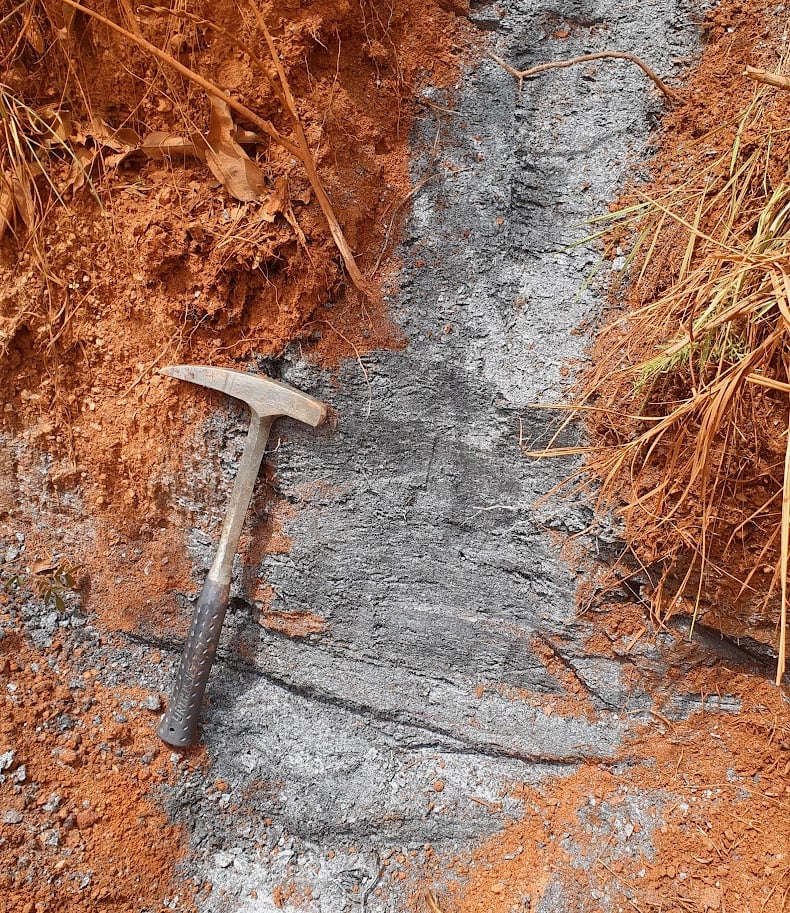
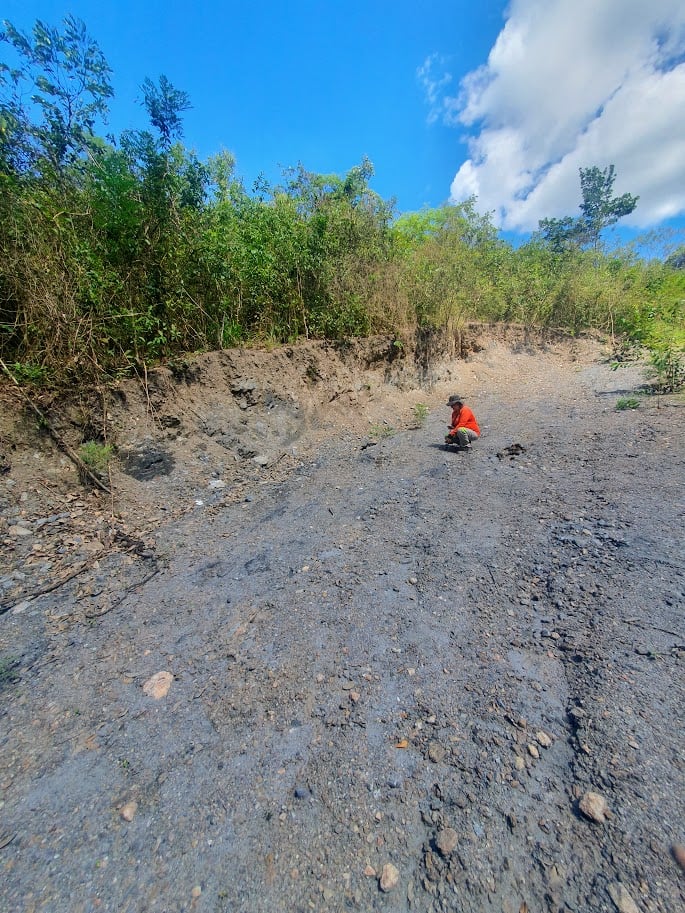
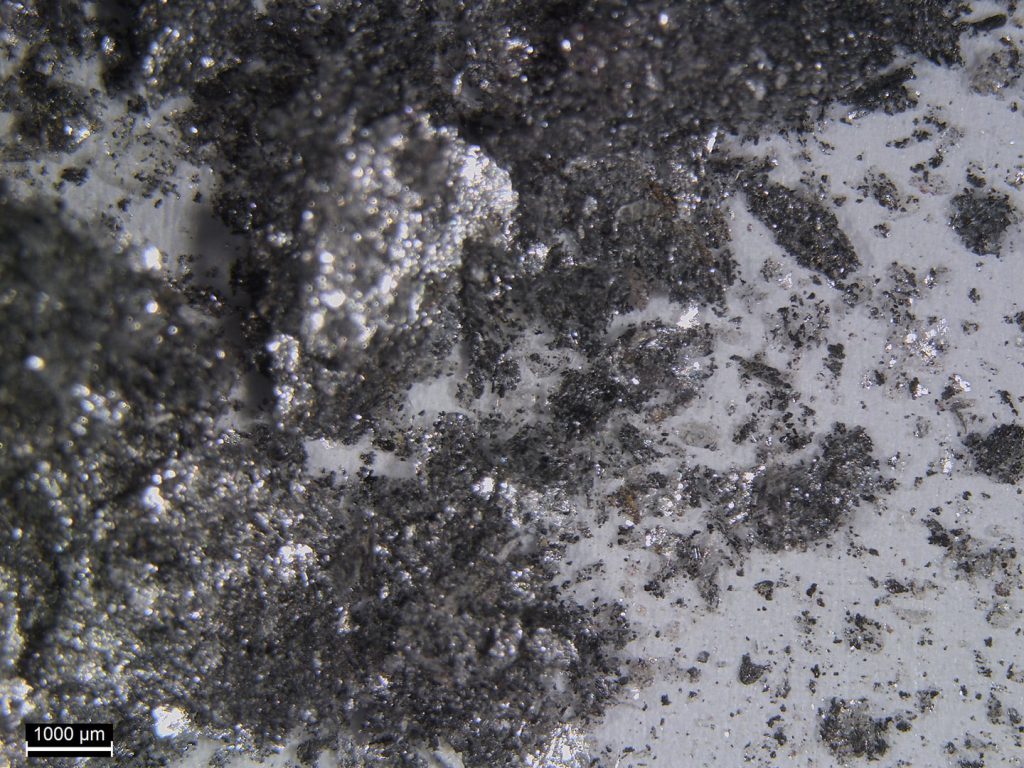
Emeralds
The emerald district stands out due to the presence of mafic-ultramafic rocks rich in chromium and granite intrusions generating beryllium, an essential condition for the formation of high-quality emeralds. These rock units, strongly influenced by regional tectonic structures, create a favorable environment for the concentration of beryl in multiple zones along the corridor.
The continuity of occurrences across various points in the district demonstrates that mineralization is not isolated but follows broader geological lineaments. Several geological surveys have already confirmed the presence of valuable gemological raw materials on a regional scale.
By combining factors such as market demand, production history, and mineralization indicators in adjacent areas, the district is positioned as highly promising for future exploration and development. This combination of elements ensures that the entire corridor retains both economic and geological significance for emerald extraction at the national level.
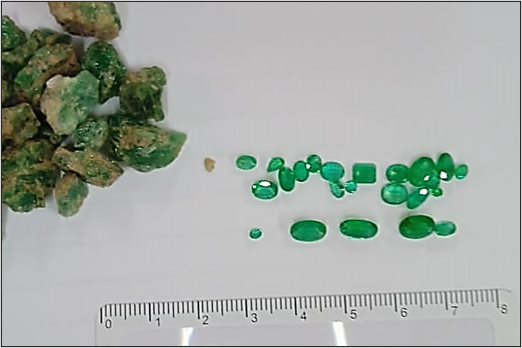
Submit your project!
Connect with us and turn your idea into a success in the mining sector.
Submit your project!
Connect with us and turn your idea into a success in the mining sector.

